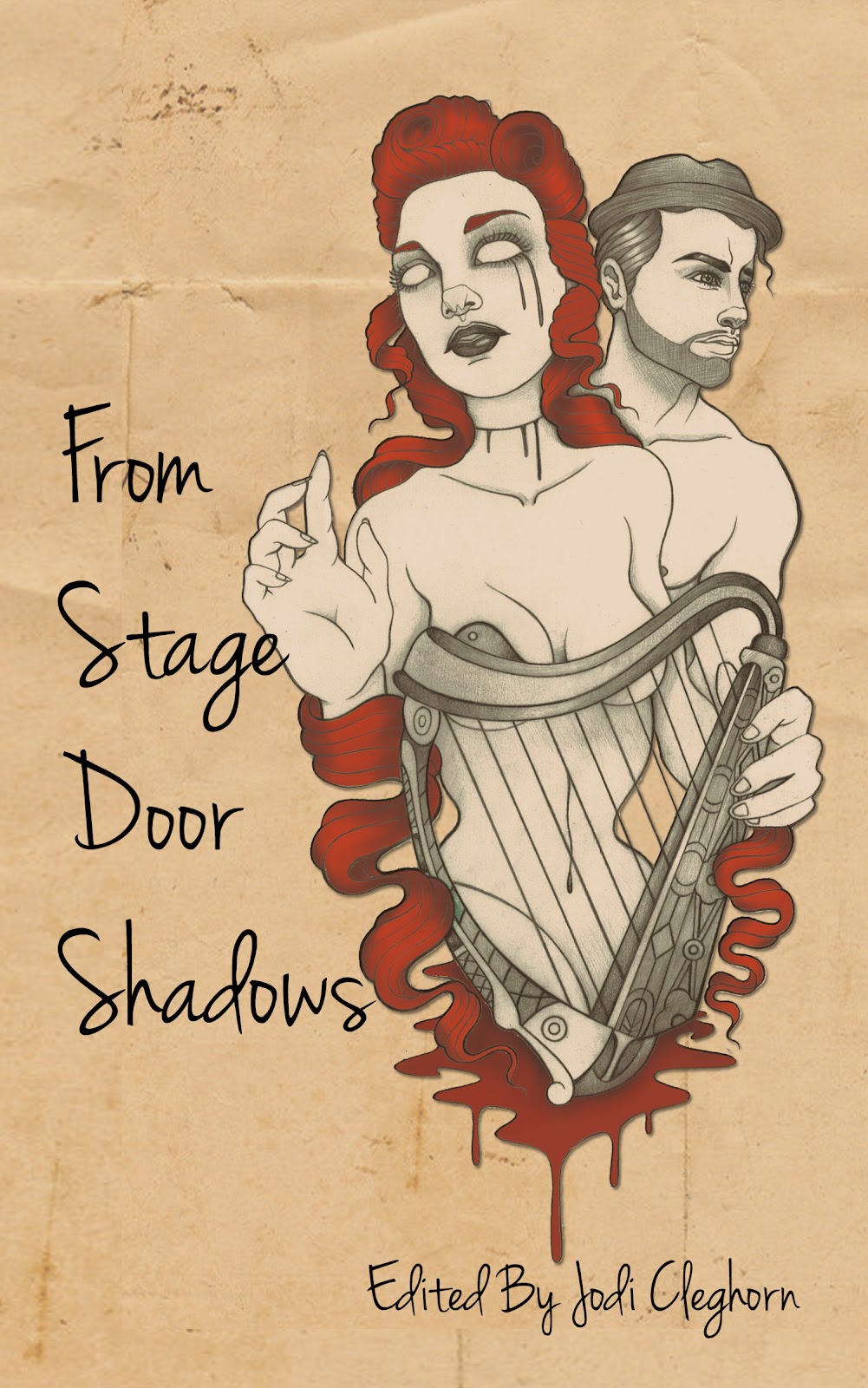It’s always a good idea to make sure your entire development toolchain works right from beginning to end. This includes the package builder and installer. Even though I’m still a little while out from releasing Star Merchant 2, I spent the better part of the day Wednesday digging into py2exe to make sure it would, in fact, produce a good Windows distribution for the game. And then I found out how it didn’t like to play so nice with pygame.
A picture’s worth a thousand words. With a little diligent hacking away in Python, the main menu and branching within Star Merchant 2 is finished, according to the design document. Take a look for yourself.
Beginning to integrate some of the graphics with the code now for SM2. Here’s a screenshot of the Starport Interface in action right now.
Just finished laying out the Starport interface. I think it looks good for an amateur, after about 20 failures in a row trying to get it to look right. Take a look and see for yourself.
There seems to be an oft-overlooked design element in games that are made by the beginner, even by some of the bigger studios in game design: typeface. Many times we take the humble word in a game for granted.
I figured this blog would also serve as an excellent journal during the development of Star Merchant 2. So here are some early screenshots.
The new Star Merchant game is really starting to shape up, thanks in no small part to Python and pygame.
Spent the better part of the night porting the data and code over from C into something a little more manageable in Python for Star Merchant 2. Everything appears to be progressing nicely so far. The commerce aspects of the new game are a little different now, which I will explain.
I’m taking advantage of the next week to break away from writing nonstop and concentrating more fully on Star Merchant 2. It’s been a long time coming, and with a lot of the delays caused by other matters of life, it finally looks like I have a break in the storm.





